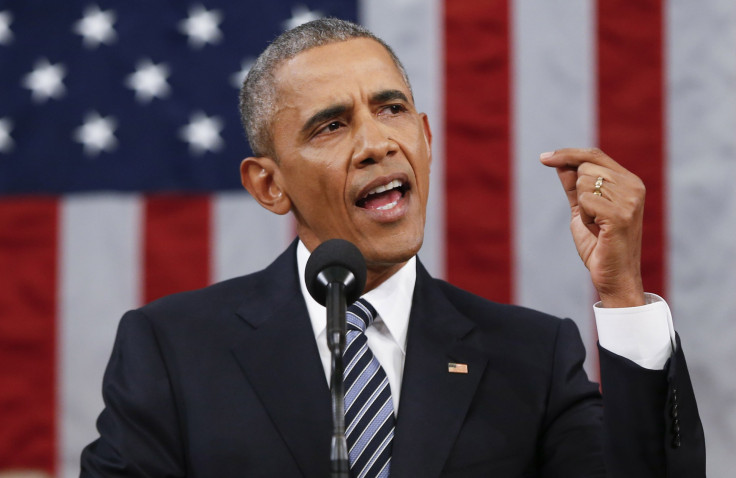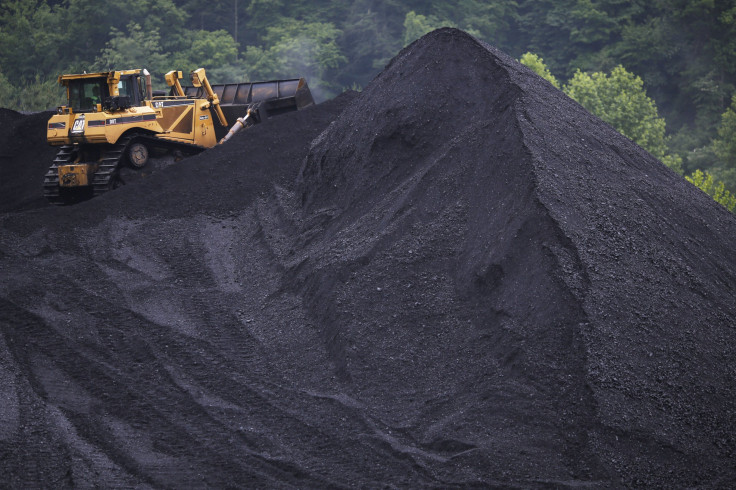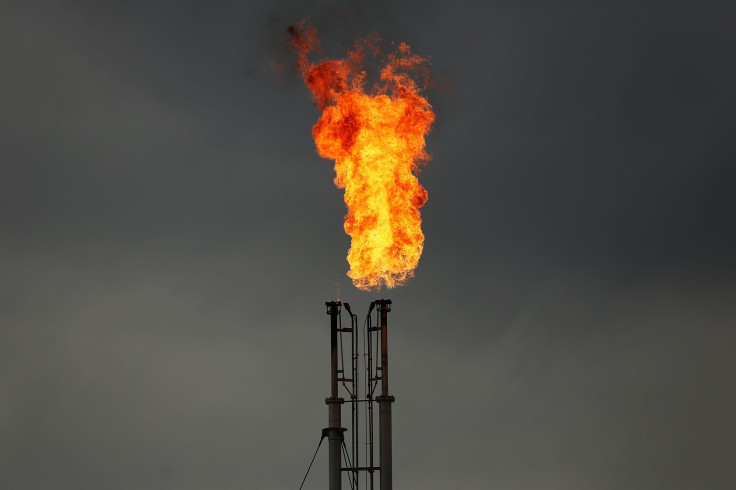Obama’s Dueling Climate And Energy Legacy: Reducing Carbon Alongside Expanded Drilling

As President Barack Obama communicates how he’d like to be remembered as a leader in his final year in office, he is hoping to marry two somewhat contradictory narratives about his legacy: He'd like to be the climate savior he vowed to become when he first ran for president. At the same time, he'd also like to be the reasoned champion of American energy independence. Observers say he can't have it both ways.
After campaigning in 2008 on a message that tackling climate change is imperative, he has worked to establish domestic limits on greenhouse gases that contribute to global warming. At the same time, though, he has put a premium on establishing American energy independence through domestic drilling and extraction policies that are contrary to that climate goal and can have devastating impacts on health by tainting groundwater and producing toxic air pollution.
Obama celebrated the progress he's made on both fronts during his Tuesday night State of the Union address, saying both that the U.S. is more secure in its energy future because of domestic energy production but also that the country needs to lead on climate and make sure the resources it taps domestically don't hurt the environment.
Few would argue that Obama hasn’t placed an unprecedented level of attention on climate change and the environment, but environmental advocates say those federal land policies he has implemented are counterintuitive to that final goal and really only serve to line energy company pockets. While pursuing tougher emissions standards in the U.S. and international agreements, the president has also taken up the mantra of former Alaska Gov. Sarah Palin, Obama’s opposing vice presidential pick in the 2008 election: Drill baby, drill.
“There is no doubt that this administration has had a huge blind spot when it comes to the contributions that, particularly federal public lands, [make] to climate change,” said Ted Zukoski, an attorney for the environmental advocacy group Earth Justice. “Federal public lands provide 40 percent of the nation’s coal and around a sixth of the nation’s oil and gas.”

Under Obama’s purview, millions of acres of federal land have been opened up to energy companies looking to tap into the country’s natural resources. Between 2009 and 2014, the number of crude oil rigs operating in the United States increased by more than 500 percent, according to the U.S. Energy Information Administration. When Obama took office, just 278 rigs were operating. By 2014, 1,527 rigs were up and running.
Expanding that production has had noticeable effects on oil imports into the United States that have pushed the country closer and closer to energy independence, a major objective for the administration. Just after the president took office, U.S. net imports of foreign oil as a share of domestic consumption dipped below 50 percent, according to data from the Energy Information Administration. During the second half of the George W. Bush administration, the U.S relied on foreign oil for 57 to 60 percent of its domestic consumption.
Supporters of Obama’s federal drilling and mining policies argue that, should the U.S. simply wave a magic wand and discontinue U.S. carbon-based energy production, that won’t fix the problem. Those in need of energy will simply turn to other countries and still emit carbon.

But, opponents to federal land leases for carbon fuels say that is preposterous. For instance, the Powder River Basin in southeastern Montana and northeastern Wyoming is one of the largest coal-producing regions in the world and one that produces 40 percent of the coal burned in the states . The Bureau of Land Management last year released plans for coal extraction there that look similar to what’s been happening there for years. The notion that removing that massive supply would simply cause America to lean on foreign providers doesn’t make sense, opponents say: There is a huge amount of coal, oil and natural gas already in the market and driving prices low.
If mined, “a lot of these assets are going to be stranded assets. We cannot possibly burn all of the carbon that we’ve already located,” Mark Floegel, the research director for Greenpeace, said. “Why in the name of God would we go out to look for more? The United States cannot make its contribution to [the international goal of] keeping global warming under two degrees if it keeps on leasing federal carbon. So that means no more drilling.”
Still, politics and public policy aren’t precise human endeavors. Competing interests when it comes to climate change and energy independence make compromise necessary and that is an area experts and activists say Obama has navigated pretty well.
“There will always be this inherent conflict. During the president’s two terms, the oil and gas industry has largely flourished. At the same time, the administration has been able to put in place a very meaningful plan to transition to renewable energies,” Tim Boersma, an expert on energy, security and climate at the Brookings Institute in Washington, D.C., said . “I think the president has been trying to strike a balance between energy and climate goals and there are a lot of people who agree that he has tried."
© Copyright IBTimes 2024. All rights reserved.












